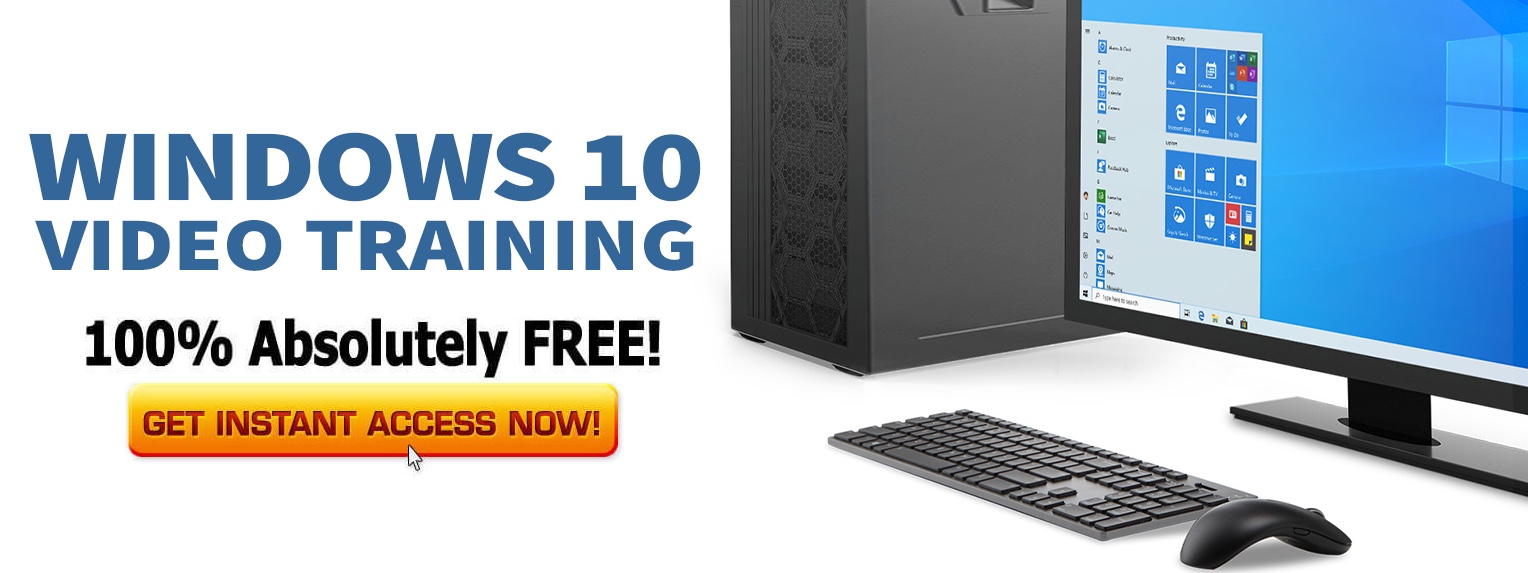DELL XPS DUO 12
First announced at IFA, the DUO 12 clearly attempts to do things differently. Rejecting the idea of detachable keyboard laptop hybrids or even the traditional single hinge swing conversion, the XPS instead has the entire screen rotate 180 degrees in the middle for turning to a tablet and then back again to a laptop.
These kind of convertibles are usually a bit on the heavy side and generally aren’t great battery performers. Is the XPS DUO 12 any different? We don’t know yet. Details are currently scarce, though you can check out Onuora’s original post to learn a bit more about it.
ASUS Taichi
The
Taichi his the very definition of different. This 11.6-inch tablet has TWO displays. Yes, really. The Taichi doesn’t bother with traditional hinge-based conversion. Open your device and you have a regular laptop. Close it, you have a tablet.
The system has great specs such as an Intel Core i7, 4GB of RAM, SDD storage and dual cameras. The device is still quite thin and light as well. That being said, packing two displays and a Core i7 means that this is not going to have a budget-oriented price tag. How much? We don’t know yet, but a $1500-$2000 price tag wouldn’t surprise me—am I guessing too high, or not?
Sony VAIO Tap20
Ah, the idea of a family tablet that is big enough for EVERYONE to share. The Sony VAIO Tap20 is a massive beat at 20-inches. Sony’s unique tablet is fully touch-capable and is big enough to make a great all-in-one device that you can place in a stand and use as your main (family) PC.
The screen is 16:9 with a resolution of 1600×900, is multi-touch (10 point), and has a Core i5 processor, 1TB HDD and 4GB of RAM. This isn’t going to be a powerhouse for regular desktop uses, but should be more than good enough for most average consumers.
A 20-incher might seem silly, but I understand the appeal. Place it on a desktop and you have a great device for reports, school work and browsing the net. On family game nights, detach it and load up virtual board games, multi-sessions of “Fruit Ninja” and Air Hockey. No, this isn’t for casually holding it while using it on the couch (at least not comfortably)- but it is a cool idea.
How much? It’s said to set you back around $1,800 to $2,300. That’s pretty steep, but I suspect it could have niche appeal.

Acer Iconia W700
Compared with the other three I mentioned, this is probably the most ordinary and boring tablet on the list. The W700 is an ordinary tablet with a 1920×1080 resolution and 11.6-inch IPS display. Besides having a slightly larger screen than the normal 10-inch size, what makes it different? The amount of docking accessories.
The device has docks that turn it into a laptop or even an all-in-one PC. It also has reasonable processing power with an i3 or i5 processor. The system also includes the cradle and a bluetooth keyboard- making it an all-in-one right out the box that can also function as a standard tablet.
The system will start at $800 for an i3— not sure if it includes the dock at that price or not though. The i5 starts at $900, and prices go up from there. The W700 isn’t that revolutionary, but it’s still a decent enough tablet.
Summing It Up..
As you can see, Windows 8 devices will come in all sorts of shapes and sizes. Despite all the negative crap heading Windows 8 way from the media, there is a lot to be excited about with this launch. I can’t remember vendors ever being this creative with their desktop/laptop/tablet offerings before, so kudos to Microsoft for sparking this revolution.
What do you think of the four devices covered today? Any of them interest you?]]>

